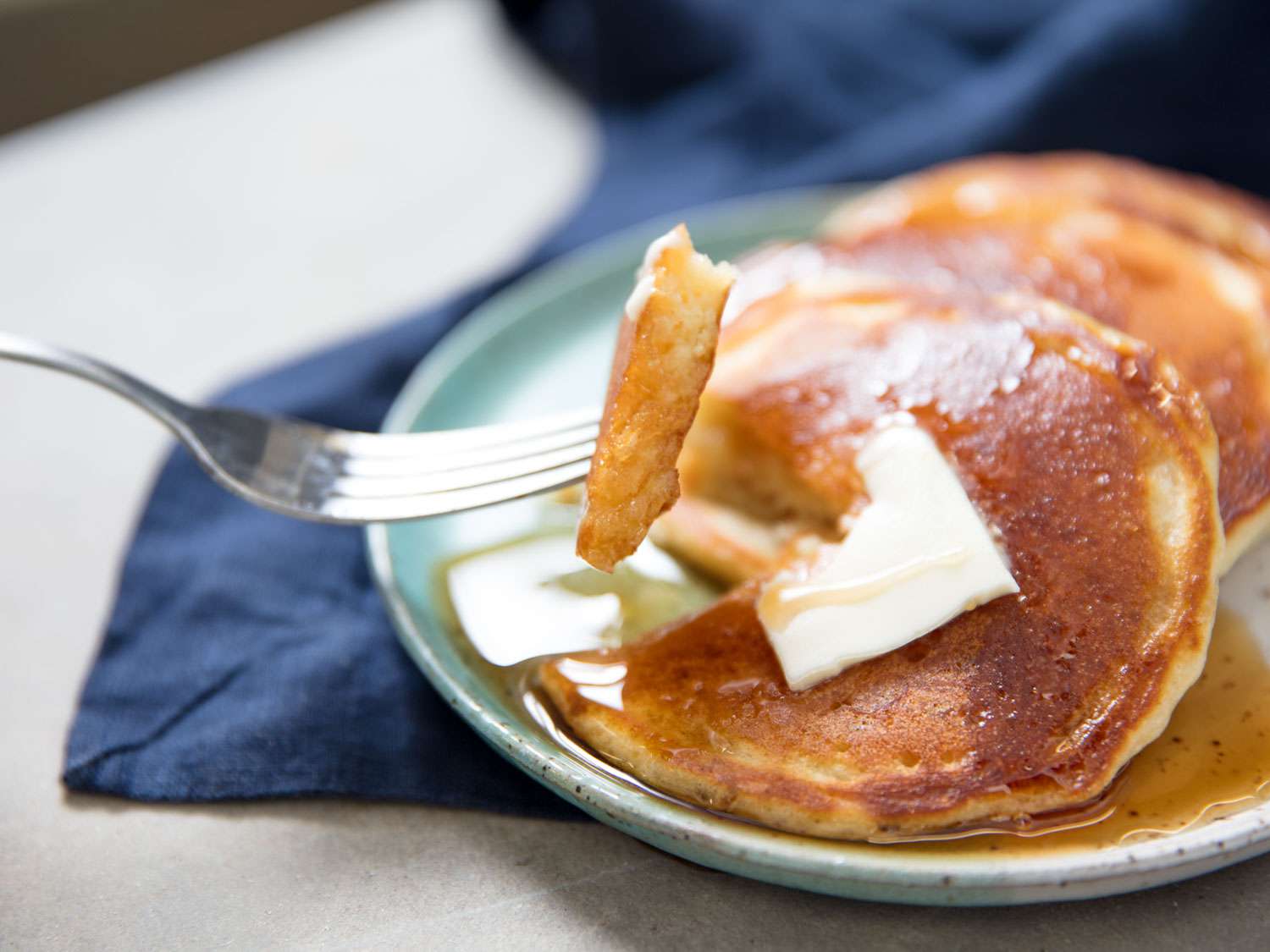Imagine starting your day with a vibrant and flavorful breakfast that encapsulates the rich heritage of South India. The fermented Indian dosa recipe is not just a culinary delight but also a testament to the art of simple and wholesome cooking. A dosa is a fermented crepe made from rice and lentils, known for its delicious taste and nutritional benefits. With this recipe, you’ll discover the time-honored technique of fermentation that gives dosas their characteristic tangy flavor and light, crispy texture. Let’s dive into the details of making this exquisite Indian staple right in your kitchen.

Why Fermentation is Key
At the heart of the fermented Indian dosa recipe is the unique process of fermentation. This ancient culinary technique enhances both the flavor and digestibility of the batter. During fermentation, a symbiotic community of good bacteria and yeast work together to break down the starches and proteins, releasing carbon dioxide that aerates the batter. This process not only imbues the dosa with its distinct sour flavor but also improves its nutritional profile. Fermentation increases the bioavailability of nutrients, including vitamins such as B and C, and makes the dosa easier to digest. Moreover, the light and airy texture achieved through proper fermentation is what sets an authentic dosa apart from other pancake-like creations.
Essential Ingredients
- 1 cup Urad Dal (split black gram)
- 3 cups Idli Rice
- 1 teaspoon Fenugreek Seeds
- Salt to taste
- Water as necessary
- Oil for cooking
Step-by-Step Preparation
1. Soaking the Ingredients
To begin, rinse and soak the urad dal and fenugreek seeds in a mixing bowl filled with water for at least 5 hours. In a separate bowl, rinse and soak the idli rice. The soaking process is crucial as it softens the grains, making them easier to blend into a smooth batter. This initial store of moisture will contribute significantly to the quality of the finished dosa. Once the soaking is complete, your ingredients are ready for the next step.
2. Blending to Perfection
After soaking, drain the urad dal and fenugreek seeds and transfer them to a powerful blender. To achieve the desired level of smoothness, add water gradually. The objective is to create a batter with a thick yet flowing consistency. A similar method should then be applied to blend the idli rice separately. By way of careful blending, youll notice the batter taking on a beautifully velvety texture. Combining the two parts, youll feel the promise of a well-made dosa coming to life.
3. Fermenting the Batter
Fermentation is the soul of this recipe. Pour the blended batter into a large bowl, leaving space for it to rise during fermentation. To optimize fermentation, cover the bowl with a breathable cloth and store it in a warm area overnight. The batter should double in volume, becoming delightfully frothy and aromatic. Depending on your local climate, it may take between 8 to 14 hours for maximum fermentation, so let patience be your guide.
4. Preparing Your Cooking Station
When the batter is ready, it’s time to prepare your cooking station. Here, a non-stick frying pan will be your trusted companion. Before ladling the batter onto the pan, ensure it is level and free from impurities. Use a seasoning stick to evenly coat the pan with a light drizzle of oil. Adjust your stovetop to medium heat to create the optimal environment for cooking dosas.
5. Bringing the Dosa to Life
With your cooking gear soundly prepared, pour a spoonful of batter onto the pan, gently spreading it out into a concentric circle. As it cooks, tiny bubbles will form, indicating that the dosa is primed for that classic golden crispiness. Remember to drizzle a few drops of oil along the edges to ensure even cooking. Flip the dosa when it turns a delicious golden brown. Repeat until your batter, and your cravings, are fulfilled.
Serving Suggestions
The best part about making dosas is the plethora of accompaniments that can enhance this experience. Traditionally, dosas are served hot and crisp with a variety of chutneys and sambars. Coconut chutney, tomato chutney, and sambar are some popular choices that wonderfully complement the natural flavors of the dosa. For a more eclectic twist, try serving dosas with this sweet side or experiment with fillings like grated cheese and mashed potatoes to transform your meal.
Tips for a Perfect Dosa
Achieving the ideal dosa might take practice, but a few tips can certainly help pave the way. First, ensure that the batter is fermented adequately; the climate and ambient temperature play a significant role here. If necessary, use a prewarmed oven as a fermenting chamber during cooler months. Second, maintain consistent heat control while cooking for an even texture through each layer of crust. Finally, stick to traditional south Indian ingredients as much as possible to preserve the authenticity of the recipe.
Caring for Your Cookware
Maintaining the quality of your cookware will aid the overall cooking process. To preserve the longevity of your frying pan or non-stick pans, consider using a cookware care kit and cutting board conditioner. Proper cleanup and maintenance bring a noticeable improvement to the next cooking session, making all the difference in pursuing the art of the perfect dosa.

Conclusion
Delving into the fermented Indian dosa recipe is like embarking on a journey of culinary discovery. Through fermentation mastery, you unlock not only the secrets behind the perfect dosa but also the culinary traditions that define Indian cuisine. As you savor the taste, remember that making this wholesome dish at home is an investment into this vibrant culinary heritage. Whether sharing a meal with loved ones or simply indulging in a moment of self-care, the dosa offers endless satisfaction and mouthwatering gratification. So go on, take the leap, and discover the taste of India’s cherished tradition one dosa at a time!
This article contains affiliate links. We may earn a commission at no extra cost to you.

